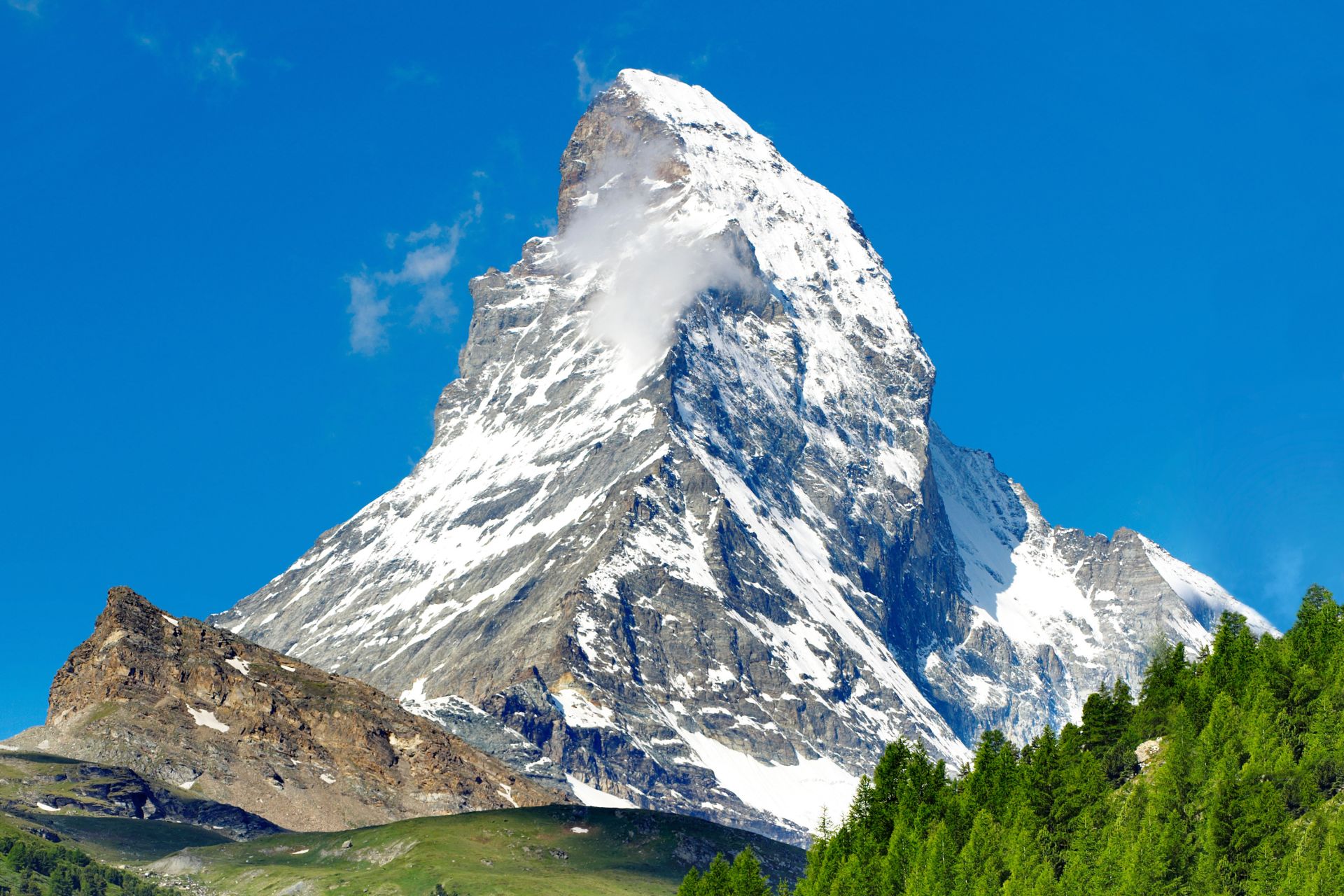
Taos, New Mexico, known for its rich artistic culture and striking landscapes, offers a plethora of hiking trails that beckon both seasoned trekkers and casual walkers. The majestic Sangre de Cristo Mountains provide a breathtaking backdrop, while the diverse ecosystems teem with flora and fauna. Below are five scenic hiking trails in Taos that exemplify the region’s rugged beauty and invite introspection amidst nature.
1. Williams Lake Trail
Located in the Carson National Forest, Williams Lake Trail is a 2.6-mile trek that culminates at a serene alpine lake. The trailhead lies approximately 10 miles north of Taos at the end of the Taos Ski Valley Road. Ascending through stands of Engelmann spruce and alpine fir, hikers are treated to glimpses of vibrant wildflowers during the summer months. The trail’s gentle gradient ensures accessibility for families while still providing a moderate challenge. Upon reaching Williams Lake, the reward is profound—tranquil waters reflecting the imposing peaks surrounding it. This haven offers an ideal locale for reflection, encouraging visitors to appreciate the ephemeral beauty of nature.
2. La Caldera Trail
A somewhat lesser-known gem, La Caldera Trail branches off from the well-trafficked Borrego Trail. This hike spans roughly 8 miles round trip and presents a more secluded experience. Starting at the Taos Ski Valley parking lot, the trail leads into a section of forest that transforms into an expansive view of the Taos Valley as one climbs higher. This ascent is particularly noteworthy for its geological significance; it traverses the remnants of ancient volcanic activity, thus enhancing the trail’s appeal for geology enthusiasts. As the name suggests, La Caldera is a caldera, a large volcanic crater. The trail’s elevated perspective offers a panoramic view that fosters a sense of cosmic interconnectedness, a moment where the hiker can ponder their place within the grandeur of nature.
3. Columbine Trail
Winding through lush meadows and dense forests, Columbine Trail is a 3-mile path located near the Taos Ski Valley. The trail is well-marked and offers a range of elevations, making it suitable for families and novice hikers. One of the standout features of this trail is its rich biodiversity; hikers often encounter striking columbine flowers alongside peering deer and other wildlife. An educational excursion, the trail provides interpretive signs detailing the various plant species encountered along the way. The hypothesis of botanical interconnectedness deepens here, and one begins to recognize the symbiotic relationships that underpin the forest ecosystem. This suggests a compelling metaphor for human connections, fostering an appreciative mindset towards both nature and interpersonal relationships.
4. Wheeler Peak Trail
For the more adventurous, Wheeler Peak Trail is an exhilarating pursuit that reaches New Mexico’s highest point at 13,161 feet. The trail begins at the Williams Lake Trailhead and culminates in a challenging 8.2-mile round trip. Despite its demanding nature, the ascent rewards hikers with dramatic vistas of the Sangre de Cristo range. This strenuous hike is not only a test of physical endurance but also a journey into the ephemeral realms of the high alpine environment. The spatial contrast between the verdant valleys below and the stark rocky summit of Wheeler Peak creates a compelling visual narrative. The summit, when reached, becomes a place of catharsis and clarity, encapsulating the age-old allure of pursuing the heights—both literally and figuratively. Herein lies a shared human fascination: the pursuit of challenges that elevate our understanding of self and surroundings.
5. South Fork Trail
Famed for its breathtaking scenery and abundant wildlife, South Fork Trail covers approximately 7.5 miles, weaving through the Carson National Forest’s vibrant landscapes. The route is particularly beautiful during autumn when aspens shift to hues of gold, painting a picturesque corridor of color. Starting from the South Fork Campground, this trail presents an ideal setting for more leisurely hikes amid the whispering woods. Fascination for this trail is not solely derived from its visual splendor; it also invites contemplative thought through an auditory experience shaped by the rustle of leaves and the gentle murmur of the river. This underscores a universal truth about nature: the synthesis of sound and sight can foster a profound sense of mindfulness, prompting revisitations into the cyclical patterns of life.
In conclusion, the hiking trails in Taos, New Mexico, offer not only varied physical challenges but also opportunities for introspection and connection with nature. Each trail, with its unique landscape and ecological attributes, becomes a narrative unto itself, weaving a complex tapestry of experiences. As one traverses these paths, deeper reasons for fascination—whether they manifest as moments of solitude, awe-inspiring vistas, or the intricate dance of ecosystems—unfold. Thus, Taos is not merely a destination for physical activity; it is a sanctuary for the soul, beckoning all to immerse themselves in its mountain bliss.
